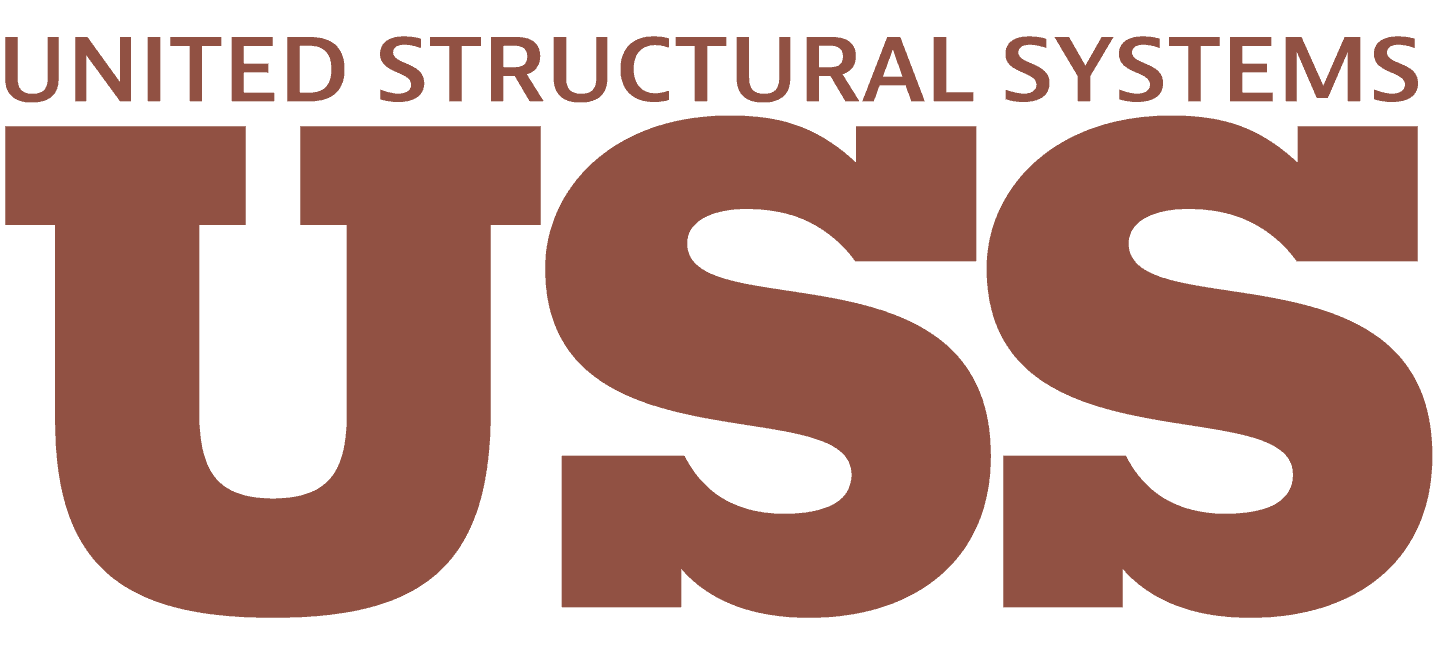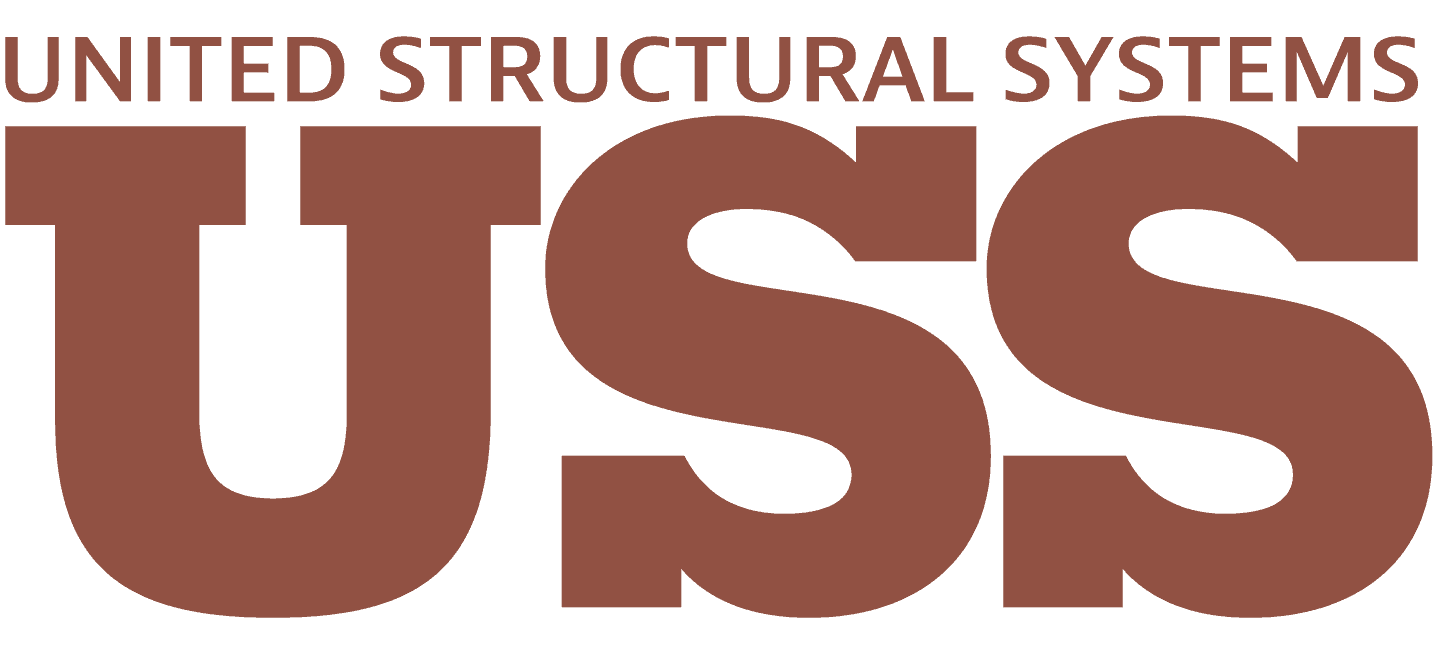The Role of Piers in Fixing Concrete Foundations: A Comprehensive Guide
A stable foundation is crucial for the structural integrity of any building. When concrete foundations experience issues such as settlement, shifting, or cracking, it is essential to address them promptly to prevent further damage. Piers are a common solution used to fix concrete foundations. In this comprehensive guide, we will explore the role of piers in foundation repair, their applications, benefits, and the step-by-step process involved in using piers to restore stability to concrete foundations.
Understanding Foundation Issues
Before diving into the role of piers, it’s important to understand common foundation issues. Foundations can experience problems due to factors like soil movement, poor construction, or water-related issues. These issues can lead to settlement, unevenness, or cracks in the concrete, compromising the structural integrity of the building.
The Role of Piers in Foundation Repair
Piers play a pivotal role in foundation repair by addressing the underlying causes of foundation issues and restoring stability to the structure. Here’s a closer look at their essential functions:
Load Bearing Support
One of the primary roles of piers is to provide load-bearing support for the foundation. They are strategically installed deep into the ground to reach stable soil layers or bedrock. By transferring the weight of the structure to these stable layers, piers help alleviate stress on the compromised foundation.
Foundation Stabilization
Piers are effective in stabilizing foundations that have experienced settlement or shifting. When soil conditions cause the foundation to sink or move, piers are used to anchor and support the foundation at deeper, more stable levels. This prevents further settlement and helps restore the foundation to its original position.
Counteracting Soil Pressure
Different types of soil exert varying amounts of pressure on foundations. Expansive soils, for example, can exert significant pressure during periods of moisture fluctuation. Piers combat these pressures by providing deeper support, which helps counteract the upward or lateral forces exerted by the soil and prevents foundation movement.
Minimizing Differential Settlement
When different sections of a foundation settle unevenly, it results in differential settlement, causing cracks, tilting, and other structural issues. Piers are instrumental in minimizing differential settlement by providing consistent support throughout the foundation. This helps distribute the load evenly, reducing differential movement and maintaining structural integrity.
Preventing Further Damage
By addressing the underlying causes of foundation issues, piers prevent further damage to the structure. They halt the progression of settlement, shifting, or cracking, which, if left untreated, can lead to more severe structural problems. Piers provide a long-term solution that ensures the stability and durability of the foundation.
Versatility and Adaptability
Piers are a versatile solution that can be used in various foundation types, including slab-on-grade, pier-and-beam, or basement foundations. They can be customized based on the specific needs of each foundation repair project, such as load-bearing requirements, soil conditions, and the extent of the foundation damage.
Long-Term Durability
Piers are designed to provide long-term durability and stability to the foundation. The materials used, such as high-quality steel or concrete, are resistant to corrosion and degradation. When installed by professionals following industry standards, piers offer a reliable and lasting solution that ensures the longevity of the repaired foundation.
By performing the critical functions mentioned above, piers play an integral role in restoring and maintaining the stability of concrete foundations. Their ability to support the load, counteract soil pressure, minimize differential settlement, and prevent further damage makes them a trusted choice for effective foundation repair. When combined with proper assessment, professional installation, and regular maintenance, piers offer a reliable and long-lasting solution for homeowners and property owners facing foundation issues.
Types of Piers for Foundation Repair
There are various types of piers commonly used in foundation repair, including steel push piers, helical piers, and concrete piers. Each type has its own advantages and applications based on factors like soil conditions, load-bearing requirements, and budget. Understanding the differences between these piers can help in selecting the most suitable option for your specific foundation repair needs.
Assessing Foundation Issues
Before initiating any foundation repair project, a thorough assessment is necessary. This involves inspecting the foundation, identifying problem areas, and determining the underlying causes. Professional foundation experts can use tools like laser levels, soil tests, and visual inspections to assess the extent of the damage and determine the appropriate solution.
The Pier Installation Process
The process of installing piers for foundation repair typically involves several steps. First, the area around the foundation is excavated to access the affected area. Next, the piers are installed, either by driving them into the ground or by using a helical screw system. The piers are carefully positioned to reach stable soil or bedrock and support the weight of the foundation. Finally, the piers are secured, and the excavation is backfilled, restoring the area’s appearance.
Benefits of Using Piers for Foundation Repair
Using piers for foundation repair offers several benefits. Piers provide a long-lasting solution that addresses the underlying causes of foundation issues, ensuring stability and preventing future damage. They can be installed with minimal disruption to the property, and the process is typically faster and more cost-effective compared to other repair methods.
Choosing a Professional for Pier Installation
When it comes to foundation repair and pier installation, selecting the right professional is vital for a successful outcome. Here are some key considerations when choosing a professional:
Experience and Expertise
Look for professionals with extensive experience in foundation repair and pier installation. Ask about their track record, years in the industry, and any specialized certifications or training they possess. A knowledgeable professional will be able to assess your foundation issues accurately and recommend the most effective solution.
Reputation and Reviews
Research the reputation of the professionals you are considering. Read reviews and testimonials from their past clients to gauge their level of customer satisfaction. Additionally, check if they have any certifications or memberships with reputable industry associations, as this can indicate their commitment to high standards.
Insurance and Licensing
Ensure that the professional you hire has proper insurance coverage, including liability insurance and worker’s compensation. This protects you from any potential liabilities or accidents that may occur during the pier installation process. Additionally, verify that they hold the necessary licenses required by local regulations.
Free Consultations and Quotes
Many reputable professionals offer free consultations and quotes. Take advantage of this opportunity to have multiple professionals assess your foundation issues and provide their recommendations. Compare the quotes, but remember that the lowest price doesn’t always indicate the best service. Look for a balance of expertise, quality, and cost-effectiveness.
Warranty and Aftercare
Inquire about the warranty provided by the professional for their workmanship and the products used, such as the piers. A reliable professional should stand behind their work and offer a reasonable warranty period. Additionally, ask about any aftercare services they provide to ensure the long-term stability and maintenance of your repaired foundation.
Clear Communication
Effective communication is essential throughout the process. Choose a professional who listens to your concerns, explains the repair process in a clear manner, and addresses any questions or doubts you may have. A professional who communicates well ensures that you have a thorough understanding of the work being done and the expected outcomes.
Multiple Opinions
It is advisable to seek multiple opinions from different professionals before making a decision. This allows you to compare recommendations, costs, and the level of confidence each professional instills. This process can help you make a more informed choice and ensure that you have explored all available options.
By carefully considering these factors, you can select a professional who possesses the necessary experience, expertise, and reliability to perform the pier installation for your foundation repair. Remember, a well-chosen professional will not only ensure the stability of your foundation but also provide you with peace of mind throughout the entire process.
Conclusion
Piers play a crucial role in fixing concrete foundations by providing additional support and stability. By understanding foundation issues, selecting the right type of piers, and following the proper installation process, property owners can effectively restore the structural integrity of their buildings. Consulting with a professional foundation expert is essential to assess the extent of the damage, determine the most suitable solution, and ensure a successful pier installation. With the use of piers, property owners can address issues such as settlement, shifting, and cracking, preventing further damage and ensuring the long-term stability of their concrete foundations. The versatility, load-bearing support, and durability of piers make them a trusted choice for foundation repair projects
However, it is crucial to choose a reputable professional with experience in pier installation to ensure the best results. By taking these steps and relying on the expertise of professionals, property owners can have peace of mind knowing that their foundation repair is in capable hands, leading to a secure and stable building for years to come. Contact United Structural Systems Chattanooga formerly Basement and Crawlspace Solutions for a free estimate today!
The post The Role of Piers in Fixing Concrete Foundations: A Comprehensive Guide appeared first on Basement and Crawl Space Solutions - Chattanooga, Tennessee.


.2312150951550.jpg)